Retro Replay Review
Gameplay
Dragon Quest VI introduces a refined turn-based combat system that will feel both familiar and fresh to long-time fans of the series. Battles are presented from a first-person perspective, allowing you to focus on the tactical layout of your party and enemies without distraction. The menu-driven commands—Attack, Magic, Item, and more—are intuitive and responsive, ensuring that you spend your time strategizing rather than wrestling with controls. Combat pacing strikes an excellent balance between leisurely grinding sessions and thrilling boss encounters, making each skirmish feel meaningful.
(HEY YOU!! We hope you enjoy! We try not to run ads. So basically, this is a very expensive hobby running this site. Please consider joining us for updates, forums, and more. Network w/ us to make some cash or friends while retro gaming, and you can win some free retro games for posting. Okay, carry on 👍)
One of the standout features in Dragon Quest VI is its expanded class system. Starting with basic roles such as Warrior, Mage, or Thief, each character gains experience in the classes they use most. Once you’ve maxed out two or three classes, hybrid roles unlock—these advanced vocations combine the best traits from their parent classes, granting access to powerful spells, exclusive abilities, and stat bonuses. This progression loop encourages experimentation: you’ll swap classes, test new skills, and eventually craft a dream team tailored to your play style.
Exploration is another pillar of the gameplay experience. You’ll traverse lush forests, deserted ruins, and mystical altars across both the World of Light and the dark mirror realm known as the Maboroshi no Daichi. Random encounters keep travel engaging, while cleverly designed dungeons hide puzzles and secret treasures to reward the curious. With each realm boasting its own set of flora, fauna, and ambient tunes, you’ll find that the simple act of journeying between story beats becomes a delight in itself.
Finally, Dragon Quest VI treats you and your allies to a generous toolset when out of battle. From warp whistles that fast-travel you back to town, to merchant stalls where you can vend found items for profit, the world feels alive and interactive. Side quests—ranging from monster menageries to missing person searches—punctuate the main narrative and provide ample opportunities to test newly acquired skills or earn rare equipment. This open-ended structure ensures that even after hours of play, the game consistently tempts you with fresh objectives.
Graphics
As the swan song of the Dragon Quest series on the Super Famicom/SNES, Dragon Quest VI boasts some of the most detailed 16-bit visuals in the franchise. Character sprites are well-animated, with distinctive hats, armor styles, and facial expressions that give each party member immediate personality. Enemies range from iconic Slimes to formidable bosses like Mudo, all rendered with crisp outlines and vivid color palettes that pop on screen.
World maps exhibit a masterful use of parallax scrolling and layered backgrounds, creating a sense of depth rarely seen on the platform. Whether you’re gliding over verdant plains or navigating snowy peaks, the varied terrain is both functional—clearly indicating traversable paths and hidden passages—and aesthetically pleasing. Towns bustle with animated townsfolk, fluttering banners, and swirling dust motifs, adding a touch of charm to each settlement.
Dungeon design in Dragon Quest VI leverages tile-based graphics to striking effect. Maze-like corridors and trap-filled chambers employ subtle color shifts and texture changes to keep you alert. Special effects—such as spell animations that light up the entire screen or shimmering healing circles—feel satisfying without being overly gaudy. These visual flourishes enhance key moments in battle and exploration, ensuring that technical limitations never hinder immersion.
The transition between the World of Light and the Maboroshi no Daichi is particularly noteworthy. The darker realm features a muted color scheme and haunting environmental details—twisted trees, swirling mist, and cracked stone pathways—that contrast sharply with the bright positivity of the overworld. This dual-visual approach reinforces the narrative divide and heightens the drama of your heroic quest.
Story
Dragon Quest VI opens with a gripping dream sequence: you and two friends challenge the arch-fiend Mudo at his ominous castle, only to be scattered across three divergent realms at the moment of victory. This cinematic prologue sets the stage for a tale that blurs the lines between dreams and reality. When you awaken in your humble village, the memory of your heroic act feels distant—yet a series of revelations soon prove that your dream was far from sugar-coated fantasy.
Tasked by the village elder to sell goods at a bustling bazaar, the hero’s true journey begins. Early quests gently introduce mechanics and lore, but as you gather new party members and unlock the class system, the stakes escalate. Townsfolk speak of an ancient prophecy, whispers of cursed artifacts, and the malevolent influence of Mudo, who seeks to merge the dream world with the real one. Each twist feels earned, fueled by expertly placed lore breadcrumbs in books, NPC conversations, and environmental cues.
Character development is a highlight. Your companions—ranging from a stoic martial artist to a spirited sorceress—have personal arcs that intertwine with the central narrative. As you master different classes together, you learn not just new spells and skills, but also heartwarming backstories and inventive side plots. Even minor characters receive thoughtful treatment, making every village encounter feel like a page from a living, breathing saga.
Despite its age, Dragon Quest VI’s pacing remains strong. The dream-versus-reality motif is woven throughout, culminating in an endgame showdown that ties loose threads into a triumphant crescendo. The writing balances lighthearted banter, moments of genuine peril, and moral questions about destiny and choice, delivering an emotional payoff that resonates long after the final credits roll.
Overall Experience
Dragon Quest VI: Maboroshi no Daichi stands as a landmark title in the storied franchise, delivering a timeless blend of strategic combat, engrossing storytelling, and stunning 16-bit artistry. Whether you’re a nostalgic fan revisiting the Super Famicom classic or a newcomer curious about the golden age of JRPGs, this adventure offers dozens of hours of high-quality content. Its robust class system alone promises replayability, encouraging multiple playthroughs to unlock every advanced vocation.
The game’s balance of accessibility and depth is commendable. Novices will appreciate the clear tutorials and user-friendly menus, while veterans will relish the layered mechanics and challenging optional bosses. The dual worlds mechanic—switching between the World of Light and the shadowy Maboroshi no Daichi—keeps the pace fresh, preventing either environment from overstaying its welcome.
Audio design complements the visuals perfectly. Koichi Sugiyama’s score is both sweeping and intimate, from triumphant overworld themes to mysterious dungeon melodies. Sound effects are punchy and satisfying, giving weight to every spell cast and sword strike. Paired with fluid animations and thoughtful level design, the result is an immersive experience that captures the essence of classic platform-era RPGs.
In sum, Dragon Quest VI is more than a relic—it’s a blueprint for how to craft a memorable, emotionally rich role-playing journey. Its endearing characters, strategic depth, and evocative presentation combine into a package that continues to inspire developers and delight players decades later. For anyone seeking a venerable JRPG that stands the test of time, Maboroshi no Daichi is an essential quest.
 Retro Replay Retro Replay gaming reviews, news, emulation, geek stuff and more!
Retro Replay Retro Replay gaming reviews, news, emulation, geek stuff and more!
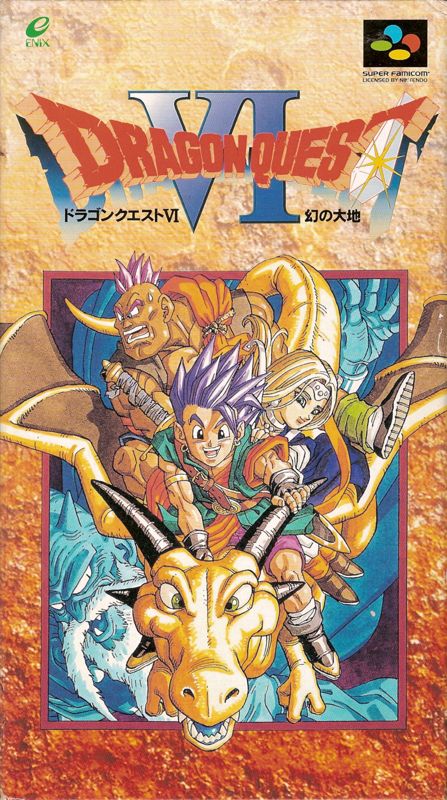
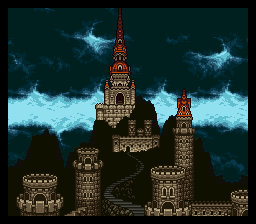

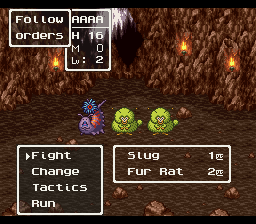
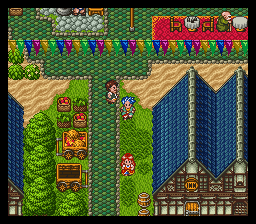
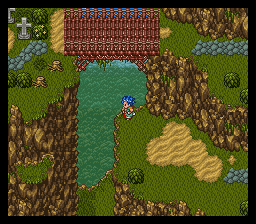
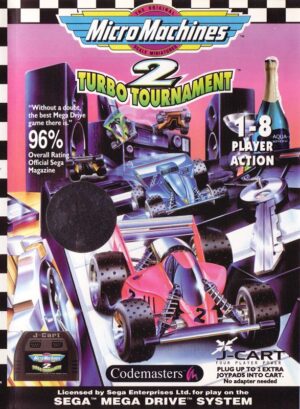
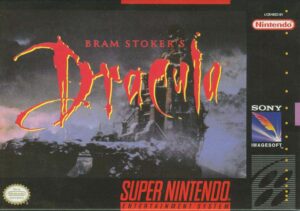

Reviews
There are no reviews yet.